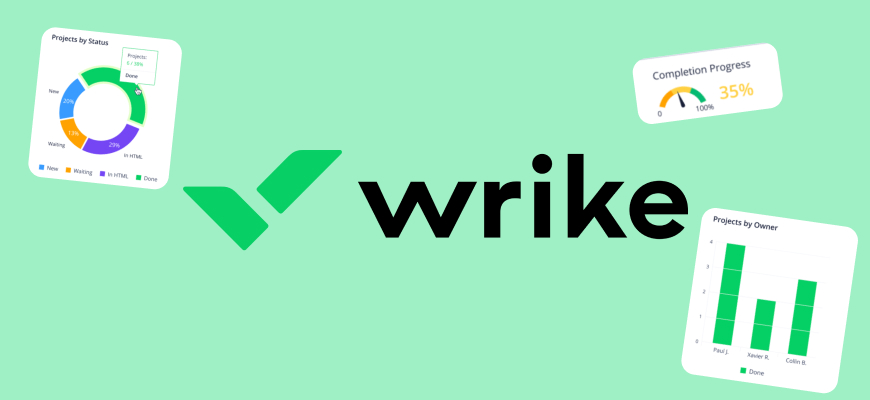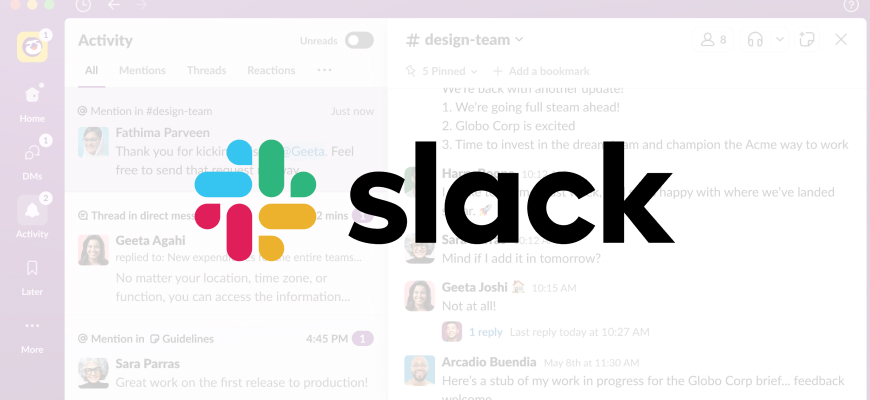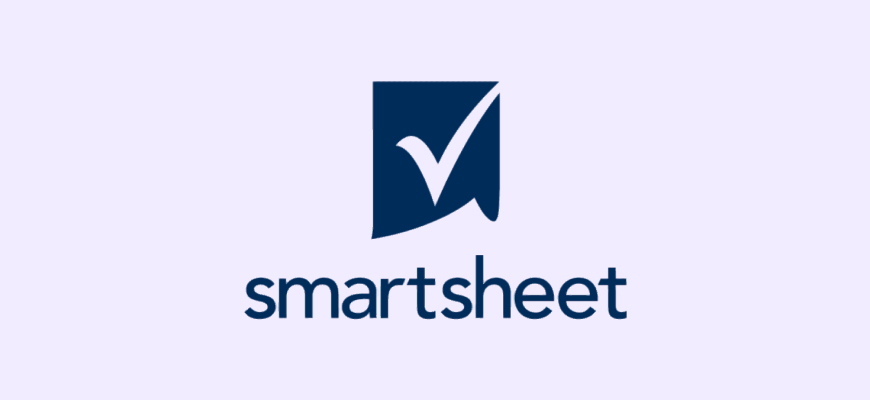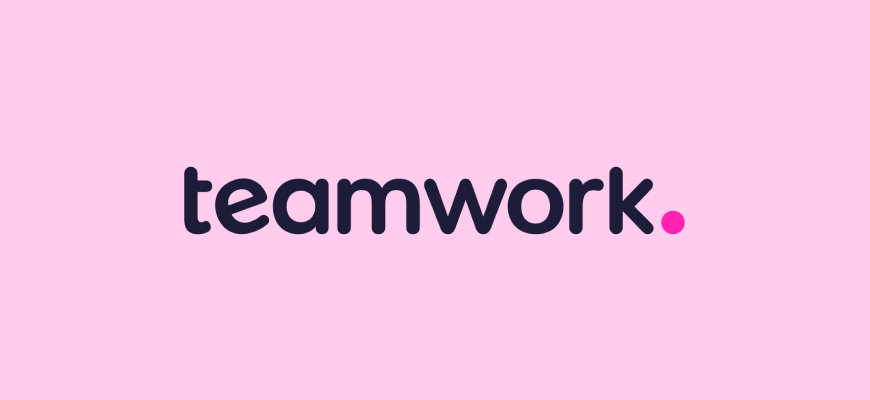Antivirus
Photo & Video
Programming & Design
Office Management
Other

In the fast-paced world of web design, project management software has become an essential tool for designers to manage tasks, collaborate with team members, and keep track of deadlines. With so many options available, it can be challenging to determine which software is right for your needs. This article will explore the top web design project management software in 2023, comparing their features, pros, and cons to help you make an informed decision.
Table of Contents
Before diving into the list of top web design project management software, it’s crucial to identify the factors that will influence your decision. First, consider the size of your team and the scope of your projects. Smaller teams may prefer a more straightforward, easy-to-use platform, while larger teams might need more advanced features for collaboration and task management.
Secondly, identify the essential features you require in project management software, such as time tracking, file sharing, and communication tools. Additionally, consider your budget and the pricing structure of the software. Some platforms offer a free version with limited features or a monthly subscription plan, while others have more premium pricing plans.
Finally, consider the learning curve associated with each software. Some platforms may be easier to adopt, while others might require more time for your team to become familiar with the interface and features.
| Name | Rating | Price | |
| Asana | 100% Free | Download Free | |
| Trello | 100% Free | Download Free | |
| Jira | 100% Free | Download Free | |
| Basecamp | 100% Free | Download Free | |
| Monday.com | 100% Free | Download Free | |
| Wrike | 100% Free | Download Free | |
| Slack | 100% Free | Download Free | |
| ClickUp | 100% Free | Download Free | |
| Smartsheet | 100% Free | Download Free | |
| Teamwork | 100% Free | Download Free |

Asana is a popular project management tool used by many web design teams to streamline their workflow. With its clean and user-friendly interface, Asana makes it easy to create, assign, and track tasks for each project. This software also integrates with various tools like Slack, Google Drive, and GitHub, allowing teams to collaborate seamlessly.

Trello is a visual project management tool that uses boards, lists, and cards to organize tasks. It is particularly useful for web design teams that prefer a more visual approach to managing their projects. Trello’s flexibility allows for various use cases, from simple to-do lists to more complex project management.

Jira is a powerful project management tool designed specifically for software development teams. Its robust features make it an excellent option for web design teams managing complex projects with multiple stages. With Jira, you can create custom workflows, track tasks, and generate reports to ensure your projects stay on track.

Basecamp is a widely-used project management tool that provides a centralized platform for team collaboration. With its simple interface and features like to-do lists, file sharing, and team communication, Basecamp is an excellent choice for web design teams looking for a straightforward solution to manage their projects.

Monday.com is a flexible and customizable project management tool that can be adapted to suit various workflows. Its visually appealing interface and powerful features make it an attractive option for web design teams looking for a versatile solution for managing their projects.

Wrike is a robust project management software designed for teams working on complex projects. With its advanced features like Gantt charts, time tracking, and custom workflows, Wrike is an excellent choice for web design teams looking for a comprehensive solution to manage their projects.

Slack is primarily known as a team communication tool, but it also offers features for project management. With its integrations with other tools like Trello, Asana, and Google Drive, Slack can serve as a centralized hub for web design teams to collaborate and manage their projects.

ClickUp is an all-in-one project management tool that combines the best features of other platforms into one comprehensive solution. With its customizable interface, advanced task management, and integrations with popular tools, ClickUp is an excellent choice for web design teamslooking for a versatile project management software.

Smartsheet is a project management tool that allows teams to manage tasks, projects, and processes from a single platform. With features like Gantt charts, dependencies, and automation, Smartsheet is an excellent choice for web design teams looking for a comprehensive solution for managing their projects.

Teamwork is a project management tool that provides a centralized platform for teams to manage their projects. With features like task management, time tracking, and team communication, Teamwork is an excellent choice for web design teams looking for an all-in-one solution for managing their projects.
When choosing the best web design project management software, it’s essential to consider your team’s needs, the scope of your projects, and your budget. Start by identifying the essential features you require in project management software, such as task management, time tracking, and team communication. Consider the size of your team and the complexity of your projects when choosing a software platform.
Additionally, consider the pricing structure of the software. Some platforms offer a free version with limited features, while others have more premium pricing plans. Finally, consider the learning curve associated with each software. Some platforms may be easier to adopt, while others might require more time for your team to become familiar with the interface and features.
Choosing the best web design project management software can be a daunting task, with so many options available. However, by considering the factors outlined in this article, you can make an informed decision that meets your team’s needs. Whether you prefer a simple, easy-to-use platform like Basecamp or a more comprehensive solution like Wrike or ClickUp, there is a project management software out there that can help streamline your workflow and keep your team on track.
Web design project management software refers to a specialized tool or platform that helps streamline and organize various aspects of web design projects. It typically includes features such as task management, collaboration tools, resource allocation, time tracking, and communication channels to facilitate effective project planning, execution, and delivery.
Web design project management software offers several benefits to your team. It helps centralize project-related information, promotes collaboration among team members, enhances communication, allows for efficient task assignment and tracking, improves resource allocation, and provides a holistic view of project progress. Ultimately, it helps streamline workflows, increases productivity, and ensures timely and successful completion of web design projects.
When evaluating web design project management software, consider the following key features:
Selecting the best web design project management software for your team requires considering your specific needs and preferences. Here are a few steps to help you choose:
Remember that the best web design project management software is the one that aligns with your team’s needs, enhances productivity, and fits within your budget.